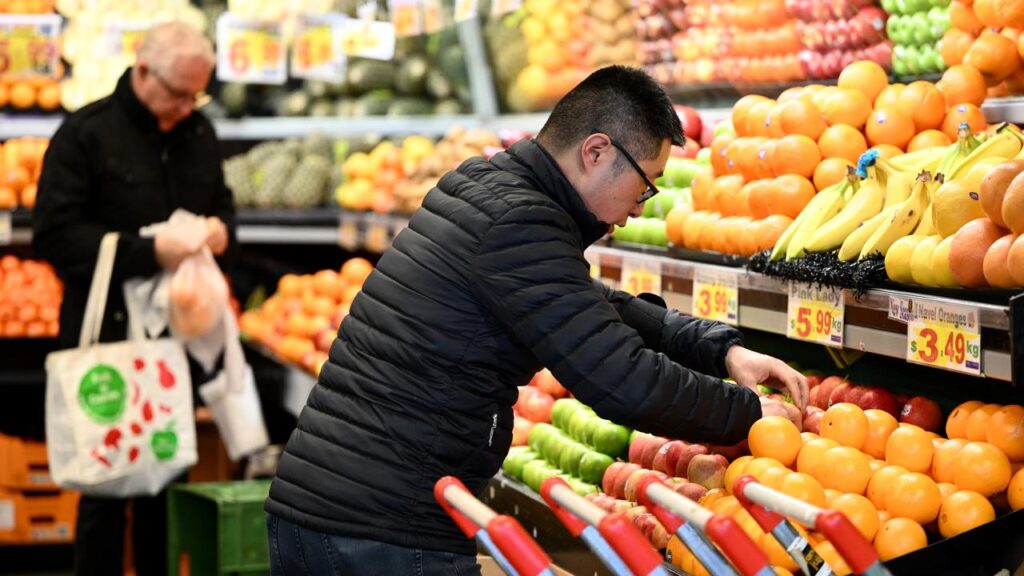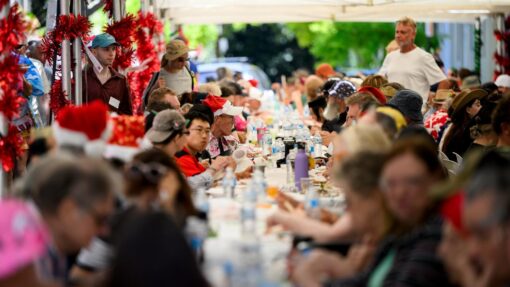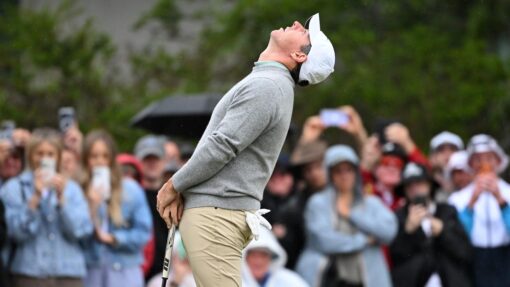Weary retail recovery has rate cut almost in the bag
Adrian Black and William Ton |

Sluggish retail spending and stagnant trading volumes are yet another reason for the Reserve Bank to cut interest rates, economists say.
Retail trade rose a lower-than-expected 0.3 per cent in March for an annual pace of 4.3 per cent, the Australian Bureau of Statistics reported on Friday.
Retail volumes were flat over the quarter, despite hopes of a 0.3 per cent uptick for the month.
“Overall, this is a rather weak set of data highlighting the slow recovery in consumer spending in Australia,” AMP economist My Bui said.

After first quarter inflation data earlier this week showed headline and underlying inflation falling into the Reserve Bank’s target band, the retail figures gave the central bank even more reasons to cut the cash rate at its May 20 meeting.
“The household consumption recovery is still sluggish and there are big downside risks to global demand from Trump’s trade war,” Ms Bui said.
“Retail sales account for 30 per cent of overall household consumption; thus, today’s data does not present an optimistic outlook for Q1 consumption growth.”
Friday’s figures implied the Reserve Bank’s cash interest rate cut in February had little impact on spending in March. That cut to 4.10 per cent was the first in four years.
However, consumption growth fundamentals remained healthy, with the labour market in a tight position and inflation trending lower, Oxford Economics head Sean Langcake said.
“Interest rate cuts and greater government support through election promises will keep some momentum in consumer spending,” he said.
“However, the hit to confidence and heightened uncertainty generated by tariff announcements will hold spending back in the coming months.”
Retail spending continued to grow at a steady pace, ABS business statistics head Robert Ewing said, with food-related spending in supermarkets and grocery stores the main driver of growth.
Turnover for the month totalled $37.3 billion.
Food retailing had the largest rise in turnover, up 0.7 per cent, along with other retailing, while sales fell 0.5 per cent for cafes, restaurants and takeaway food, along with services and department stores.
Spending on clothing, footwear and accessories rose 0.3 per cent in the month.

The Australian retailers Association welcomed a month of steady growth, but said conditions continued to be challenging.
“With a delay in interest rate relief, household budgets remain tight and retailers are operating in a highly competitive and volatile environment with rising business costs,” chief industry affairs officer Fleur Brown said.
“Any signs of stability in consumer spending are a welcome boost to business confidence, but we remain far from a retail recovery.”
The statistics bureau also released the producer price index, a measure of inflation for sellers of goods and services.
It rose 0.3 per cent in the March quarter to be up 3.7 per cent over the year.
AAP


